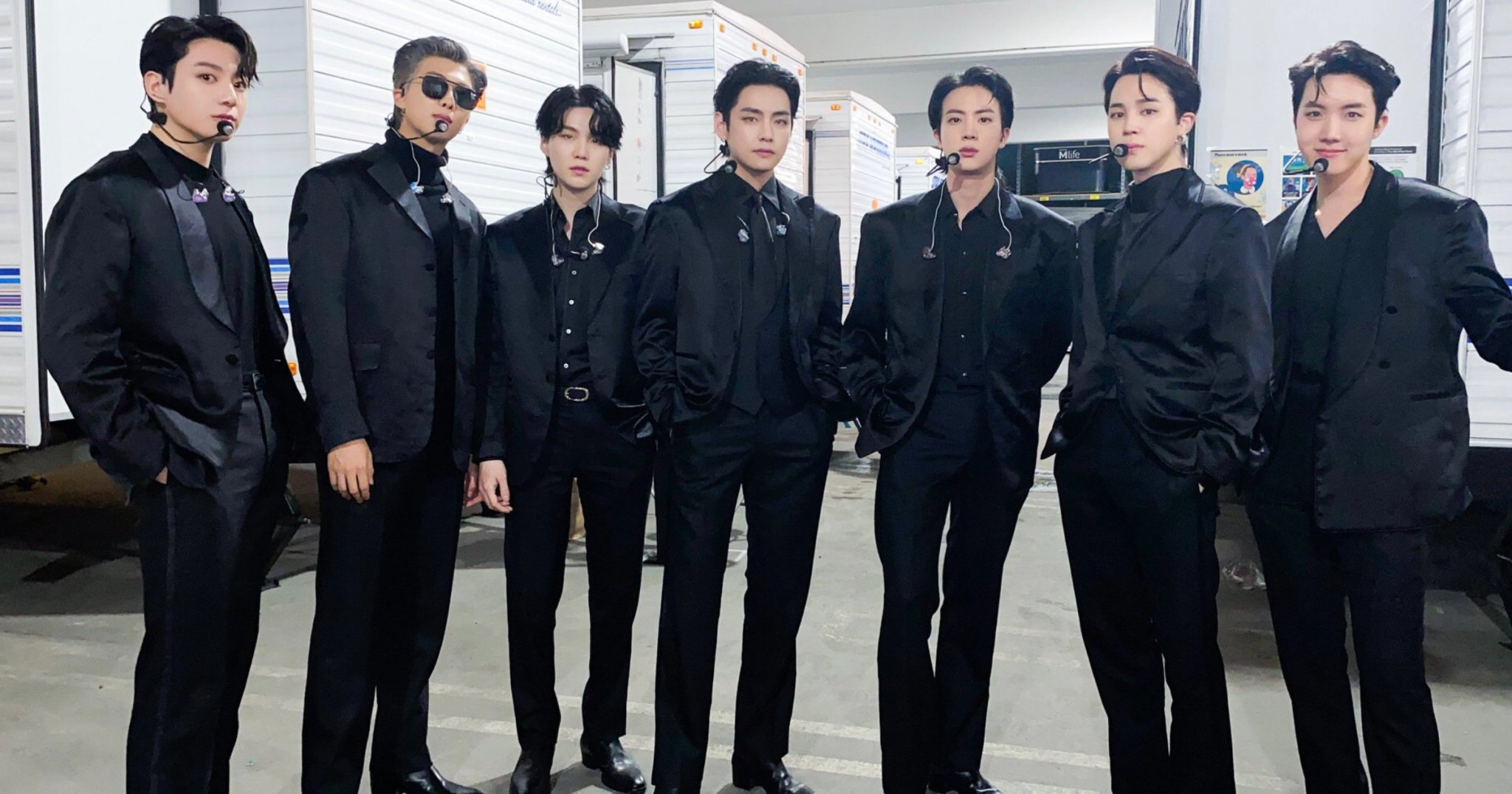HYBE has previously stirred controversy by publicly declaring its intention to reduce its dependence on BTS. Specifically, in November 2024, during a meeting with shareholders, Chief Financial Officer Lee Kyung Joon emphasized that although BTS's comeback would generate significant revenue, HYBE aims to reduce the group's contribution ratio to the company's total revenue. They also did not hide their strategy, continuously diversifying business projects and promoting the development of artists other than BTS during the approximately three years the members serve in the military.
However, looking at the recently released Q2/2025 financial report, HYBE seems to have failed despite having a long period to try to “escape BTS’s shadow.”
In early August, HYBE announced a record revenue of 705.6 billion won (approximately 504.4 million USD). Of this, 63% came directly from artist activities such as album releases and concerts. Album sales decreased by 8.4% compared to the same period last year, but revenue from concerts significantly offset this, reaching 188.7 billion won—accounting for 26.7% of total revenue, up 31% from the previous year. Notably, BTS and its members were the main factors driving the overwhelming change in the label’s total revenue, raising doubts about HYBE’s ability to truly reduce dependence on BTS and the sustainability of the company’s development strategy.
To clarify the statement that “BTS carries HYBE on their backs” even while the group is temporarily inactive, it is worth citing the analysis of expert Kim Hyun-young from Hyundai Motor Securities. According to Kim’s analysis, j-hope’s “Hope on the Stage” tour alone contributed nearly 40% of Q2 concert revenue, equivalent to approximately 75.5 billion won, or nearly 10% of HYBE’s total revenue in the three months. The tour spanned 16 cities with 33 performances, attracting around 500,000 attendees, including sold-out stadiums in Los Angeles and мєχι¢σ City, before concluding in Goyang (Gyeonggi Province) in June.


Not only j-hope, but Jin’s individual activities were also an important part, bringing the total global au∂ιєnce in the quarter to 1.8 million people. In addition, indirect revenue from merchandise, content, copyrights, and the Weverse community platform accounted for 37% of revenue, reaching 257.8 billion won. This does not even include revenue from Jin’s recently concluded solo tour, which is counted in the last quarter.

SEVENTEEN’s fan meeting in נαραи, along with world tours by Tomorrow X Together (TXT) and LE SSERAFIM, also contributed a significant portion, but the fact remains that BTS member continue to be the main pillar.
Meanwhile, NewJeans, which emerged as a new-generation phenomenon in 2022, faced legal disputes with subsidiary ADOR, causing operations to nearly come to a halt. KATSEYE, a girl group launched by HYBE αмєяι¢α in collaboration with Geffen Records, marked its presence on the Billboard HOT 100 with two songs, “Gabriela” and “Gnarly,” after more than a year since debut, but has yet to make a significant financial impact. It is evident that while HYBE has heavily invested in new groups and the Weverse platform, no project has been able to carry HYBE’s finances as effectively as what two BTS members have done, even after returning from a two-year military hiatus.
Yet, in 2022, Chairman Bang Si Hyuk declared the positioning of HYBE as a “comprehensive enterprise,” comparing it to Disney in building an entertainment empire based on IP (intellectual property) spanning music, technology, and fan communities, aiming for autonomy and independence from any single artist.
HYBE’s CEO, Lee Jae Sang, also admitted that BTS once accounted for about 95% of the company’s revenue, but that ratio fell “to just below 20% in 2024” while the members were serving in the military. However, even with this decline, the percentage remained higher than all other platforms, artists, and projects operated by the company.
During BTS’s military service hiatus, HYBE both leveraged the solo activities of each member and heavily invested in the next-generation groups. Yet, the main profits still come from BTS members, meaning growth profits continue to rely on one and only brand, raising questions about the speed and effectiveness of the diversification strategy and the effort to reduce dependence on a 21st-century pop icon.

In the long term, this could become a significant risk. The K-pop market is highly volatile, and the rise of new groups from SM, JYP, or YG could leave HYBE lagging if it fails to produce new superstars. On the other hand, investors increasingly pressure HYBE to demonstrate that its vision of being the “Disney of кσяєα” is more than just a slogan.






